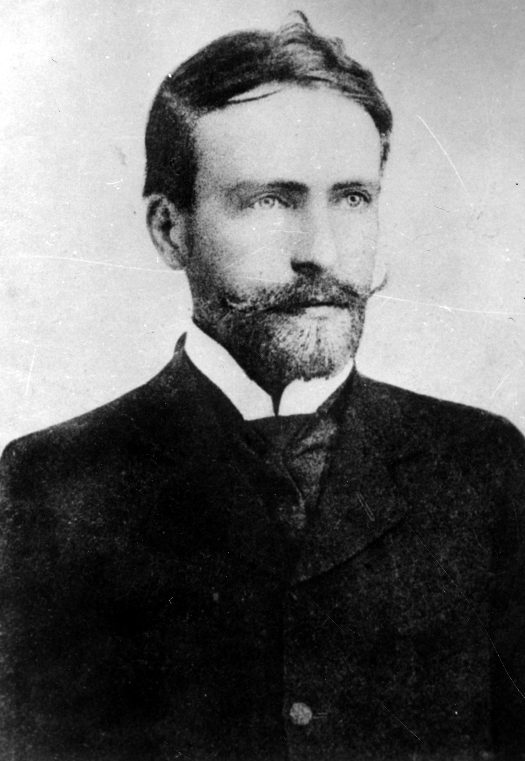
SOURCE: NAC
Life & Career
Wyspiański began his career by working on the renovation of Kraków's Holy Cross Church, and - together with contemporary talent Józef Mehoffer, under the supervision of PL's greatest 19th century painter Jan Matejko - this trio turned their talents to renovating the interiors of St. Mary’s Basilica on Kraków's market square. Here Wyspiański had the chance to learn firsthand from a true master in Matejko, and develop his skills designing stained-glass windows.His biggest artistic opportunity came in 1895, when he was asked to design the wall paintings of St. Francis Basilica, which had been damaged in a fire in 1850. Inspired by St. Francis’ love of nature, Wyspiański depicted huge violets, roses and geraniums and abstract snowflakes in geometric patterns. Despite numerous conflicts with the monks over the style, he was next asked in 1897 to design the stained-glass windows of the church. In the choir, one window depicts Blessed Salomea; two others are of St. Francis. The other three have abstract floral motifs. The jaw-dropper, however, is the large 'God in the Act of Creation,' above the western entrance, where God is seen zapping life into the planet amidst curly wisps of mist. The northern chapel of St. Francis Basilica incidentally contains stained-glass windows of the Stations of the Cross designed by Wyspiański's contemporary colleague and friend Józef Mehoffer.

Wyspiański’s talents led him to become director of the Krakow Academy of Fine Arts. In addition to the window designs, he was a talented painter, famous for his series of views of Kościuszko Mound and enchanting pastel portraits of his children. Many of Wyspiański's designs were influenced by his frequent travels across Central Europe, though his artistic ideals were not limited to design. A gifted playwright he is commonly lauded as the founder of modern Polish drama, his defining work being Wesele (The Wedding), which that tells the story of a chaotic wedding reception, while sarcastically criticising 18th century Polish society. Read (and often recited or performed) by all students of the Polish education system, Wyspiański's play is a primary work of the Polish literary canon.
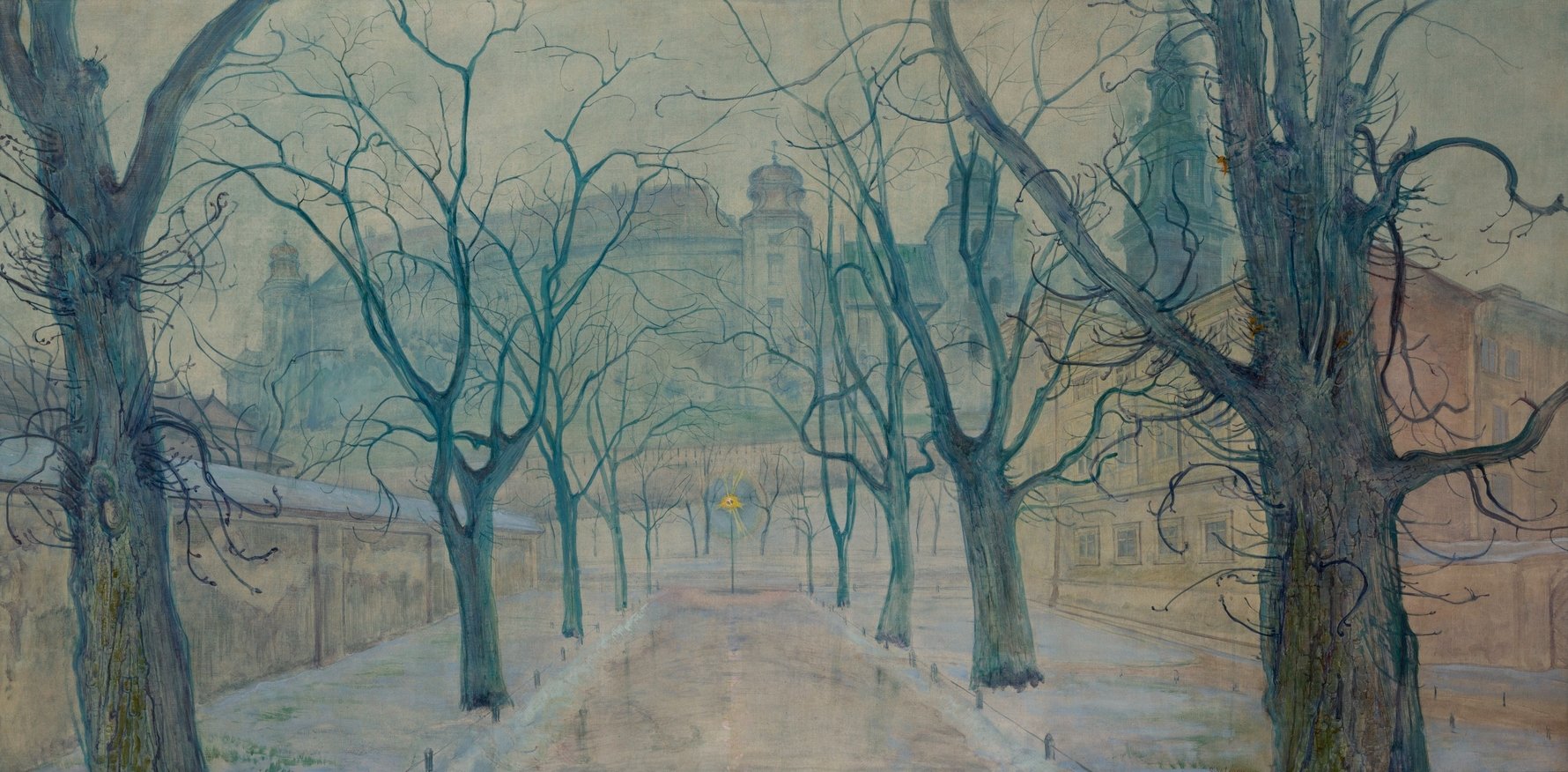
Wyspiański's Wawel
Demonstrating that there was almost nothing this creative genius couldn't do, Wyspiański even turned his talents to architecture. Fascinated with Wawel since childhood, Wyspiański took advantage of the occupying Austrian army’s plans to move their barracks out of Wawel to completely redesign the hallowed complex. His so-called 'Wawel Acropolis,' designed over the winter of 1904-1905 with the help of the Polish architect Władysław Ekielski (1855-1927), sought to radically alter Wawel with the addition of scores of new buildings, towers, chapels and even an amphitheatre. The finished effect would affect a vision of a once-mighty Poland rising again, but Wyspiański himself began to be tormented by bouts of bad health and depression, with the shocking designs he made for the Wawel Cathedral windows - unsettling pictures of royal cadavers - hinting at his mental problems. Not surprisingly, the macabre designs were not implemented, but today they can be seen in all their gory glory at Wyspiański Pavilion.Wyspiański’s failing health and subsequent death two years later meant that his greatest project unfortunately never left the drawing board. Using the original designs, a fabulous model of 'Wawel Acropolis' was made in the early 1980s, but is unfortunately not on display to the public at the present time.

At the end of Wyspiański's life, his depressions and ailments sometimes took the overhand, and in one fit he destroyed some of his window designs. When he died of syphilis (then incurable) at the age of 38 he left behind a huge legacy of artworks and ideas and is today hailed as one of the true icons of Polish culture. He is buried in the Crypt of the Distinguished at Skałka Church.


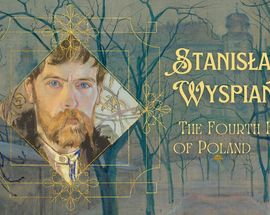
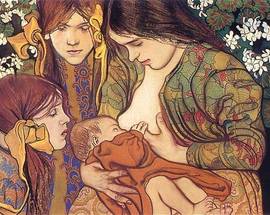

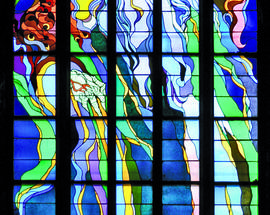
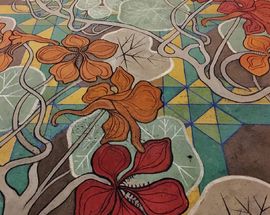
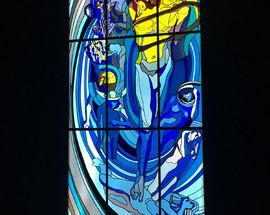
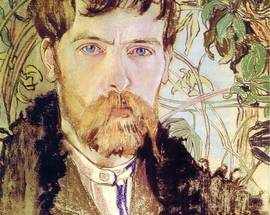

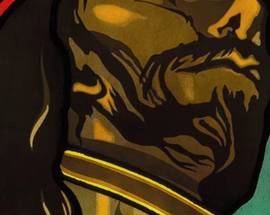
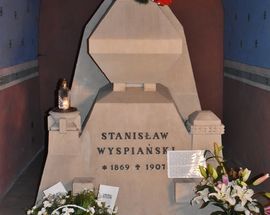
_m.jpg)
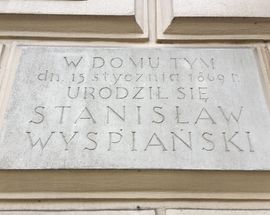
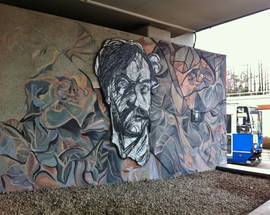



Comments